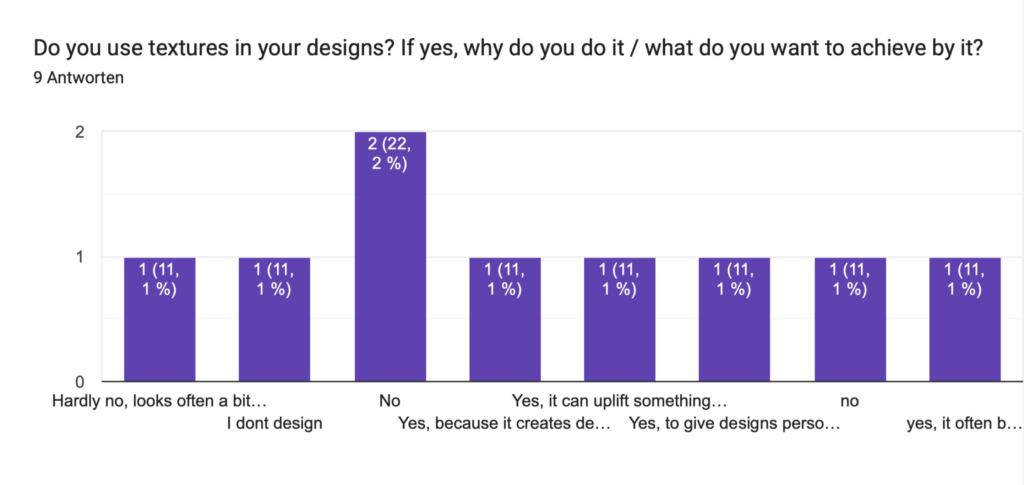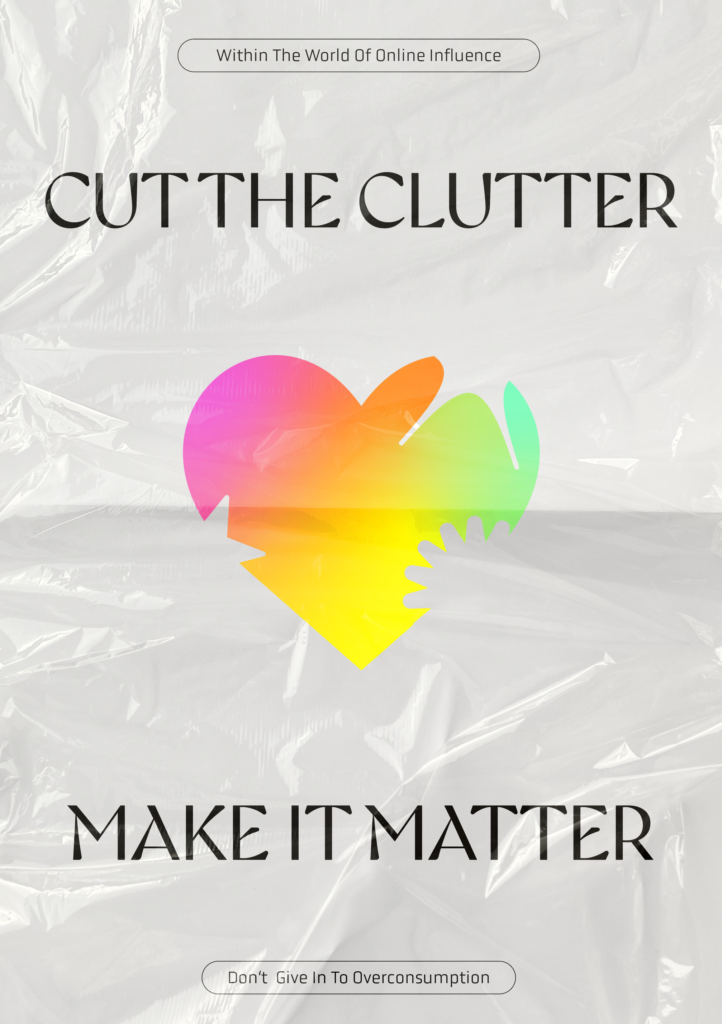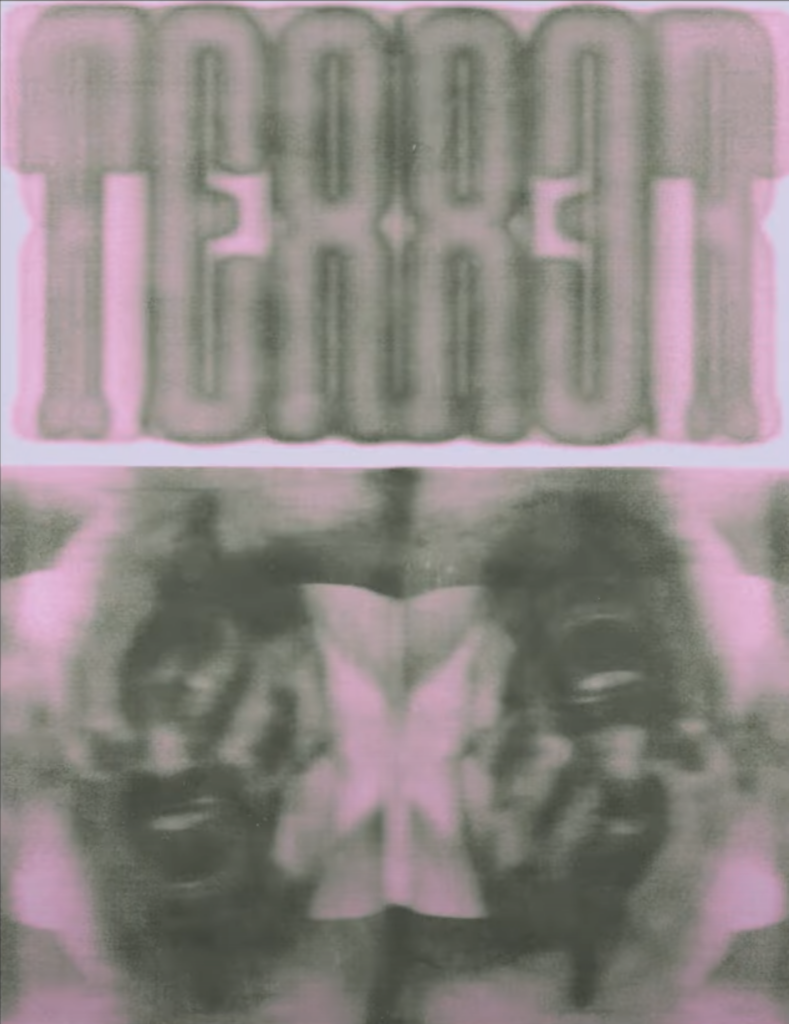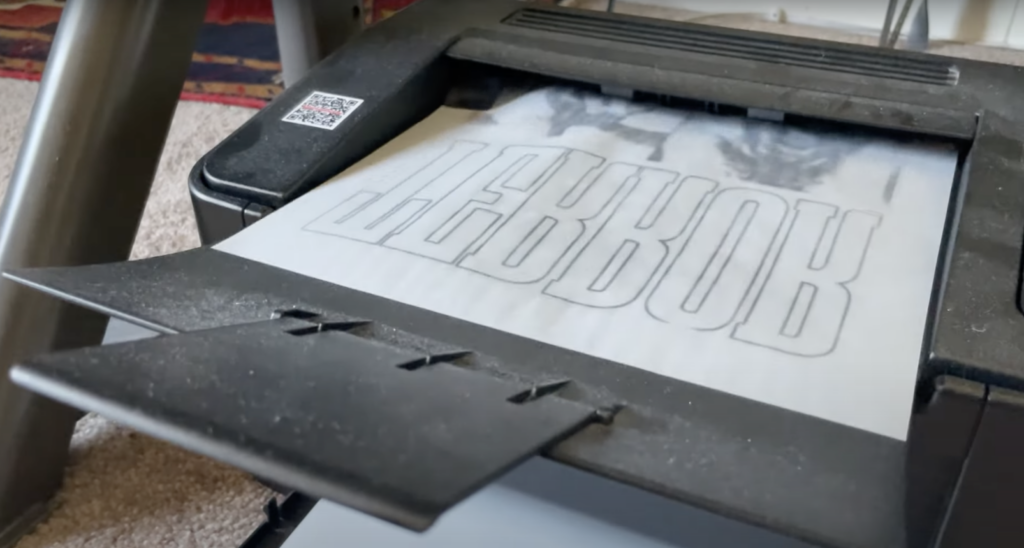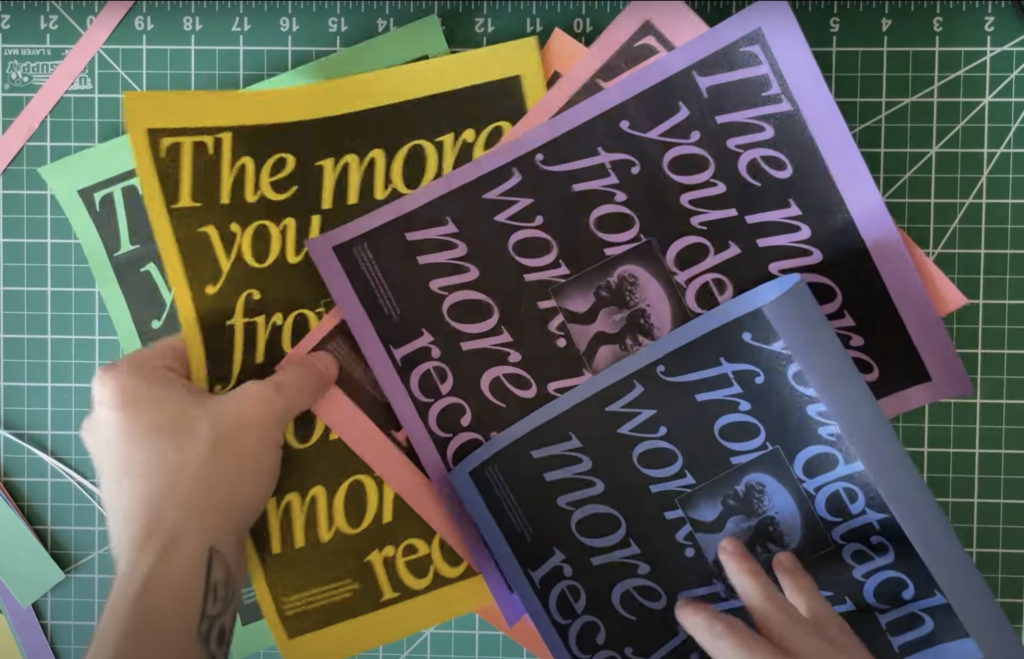Am 6. November 2024 hatte ich die Gelegenheit, im Rahmen der Lehrveranstaltung ein inspirierendes Gespräch mit Gabriele Lechner über meine Masterarbeit zu führen. Dabei ging es nicht nur um den aktuellen Stand meiner Arbeit, sondern auch um meine Unsicherheiten bezüglich der Themenwahl, die möglichen Risiken und Chancen sowie die methodischen Ansätze.
Rückblick auf mein Thema
Ich habe Frau Lechner von meinem aktuellen Stand erzählt und dass ich mich während der letzten Semester mit dem Thema „Digital Precision vs. Analog Imperfection – Warum suchen wir das Unvollkommene im Design?“ beschäftigt habe. Dieses Thema hat mir sehr gut gefallen, ich fand es interessant und vielversprechend, allerdings kamen trotzdem gegen Ende des Semesters Zweifel auf, ob ich mit diesem Thema wirklich weitermachen sollte.
Gabriele Lechner bestätigte jedoch die meinen Ansatzes und betonte, dass sie das Thema sehr gut und spannend findet. Sie erwähnte, dass ein solcher Schwerpunkt in ihren bisherigen Gesprächen mit Student*innen noch nicht aufgetaucht sei, und riet mir, dabei zu bleiben.
Methodische Überlegungen
Ein zentraler Punkt des Gesprächs waren die methodischen Ansätze. Hier fiel es Gabriele Lechner zunächst schwer, konkrete Vorschläge zu machen, da mein Thema eher abstrakt und theoriegeleitet ist. Schlussendlich kamen wir auf zwei vielversprechende Möglichkeiten:
- Zusammenarbeit mit einer Firma: Ein reales Designprojekt könnte als praktisches Beispiel dienen, um meine Hypothese zu testen und zu validieren.
- Expert*innen-Interviews: Ich könnte Designer*innen befragen, um ihre Perspektive auf analoge Elemente im digitalen Design zu verstehen. Besonders wichtig dabei: die Entwicklung durchdachter und präziser Fragen, um tiefgreifende Antworten zu erhalten.
Diese beiden Optionen bieten spannende Wege, um die Forschungsfrage zu vertiefen und sowohl theoretische als auch praktische Erkenntnisse zu gewinnen. Wir haben uns dann darauf geeinigt, dass die Interviews wahrscheinlich die bessere Wahl sind, da das Ergebnis eines Designprojekt mit einer Firma zu subjektiv zu interpretieren ist, als dass man damit eine Hypothese validieren könnte.
Das „Warum“ ins Zentrum stellen
Ein wichtiger Hinweis aus dem Gespräch war, mich in meiner Arbeit stärker auf die Frage nach dem „Warum“ zu konzentrieren und weniger auf das „Wie“, weil das eh ziemlich klar ist. Warum greifen Designer*innen auf analoge Imperfektionen zurück, obwohl sie über hochpräzise digitale Werkzeuge verfügen? Dabei könnten historische und soziologische Aspekte eine Rolle spielen – etwa die Rückbesinnung auf Handwerkstraditionen oder der Einfluss von Bewegungen wie der DIY-Kultur. Gleichzeitig wurde betont, den Fokus klar zu halten und nicht zu stark abzuschweifen.
Neue Motivation und Perspektiven
Das Gespräch war für mich ein Wendepunkt. Ich verließ es mit neuem Selbstvertrauen in mein Thema und einer klareren Vorstellung davon, wie ich meine Arbeit gestalten möchte. Besonders die Rückmeldung, dass meine Fragestellung innovativ und relevant ist, hat mir sehr geholfen. Das Gespräch mit Gabriele Lechner war der perfekte Impuls, um mit neuer Energie und einem klaren Fokus in die nächste Phase meiner Masterarbeit zu starten.




